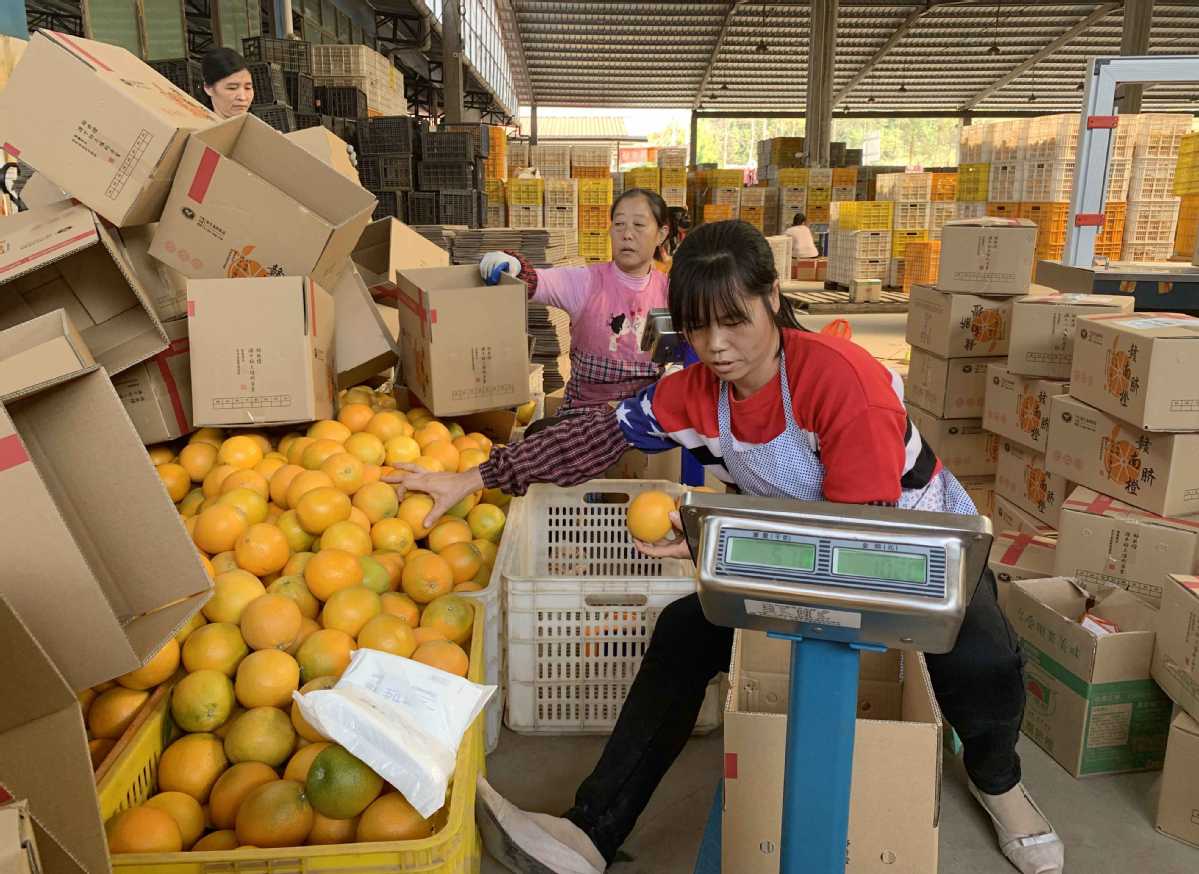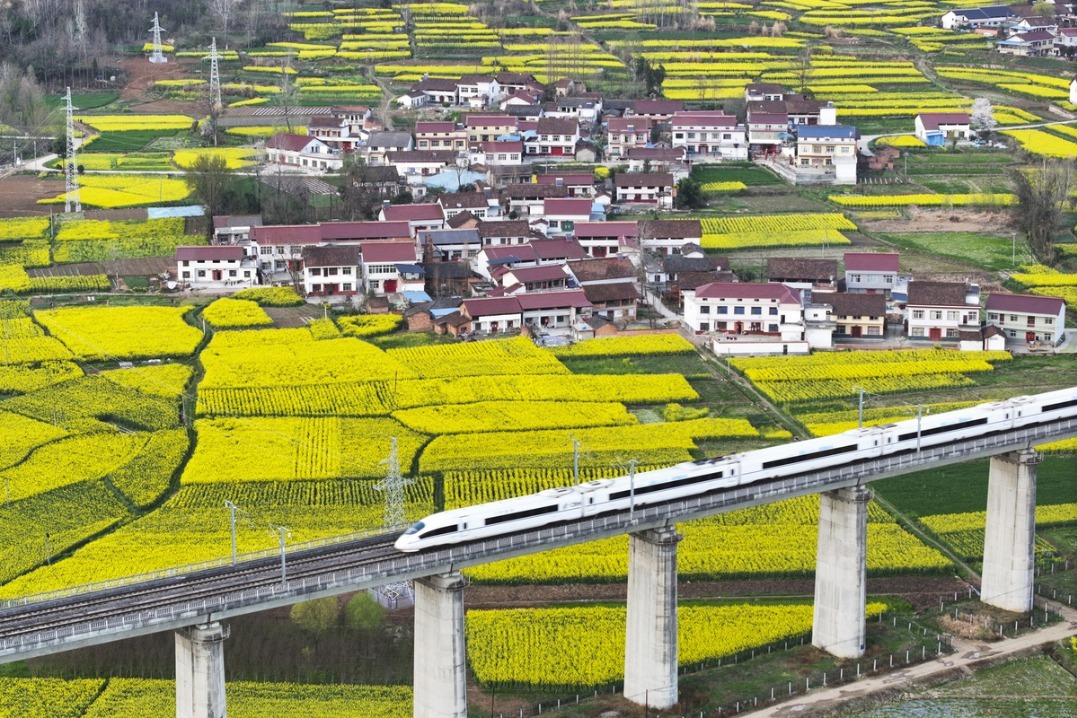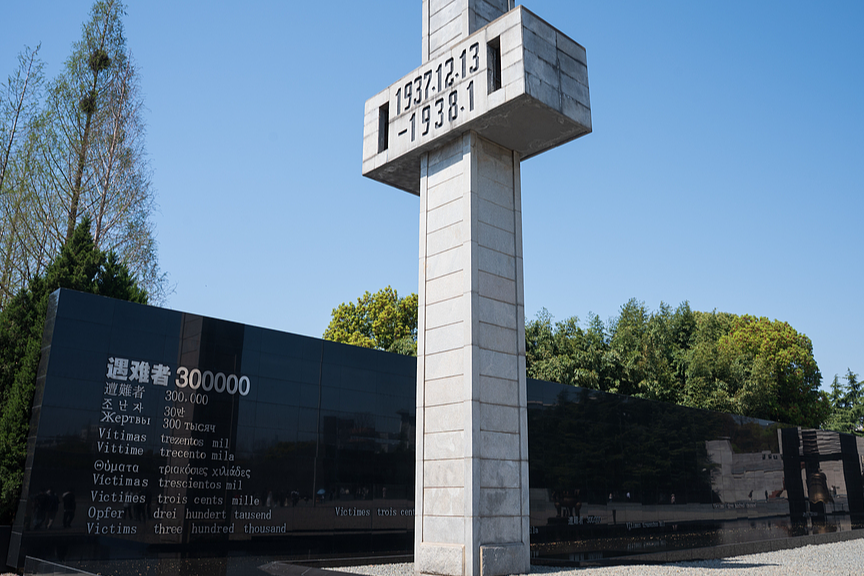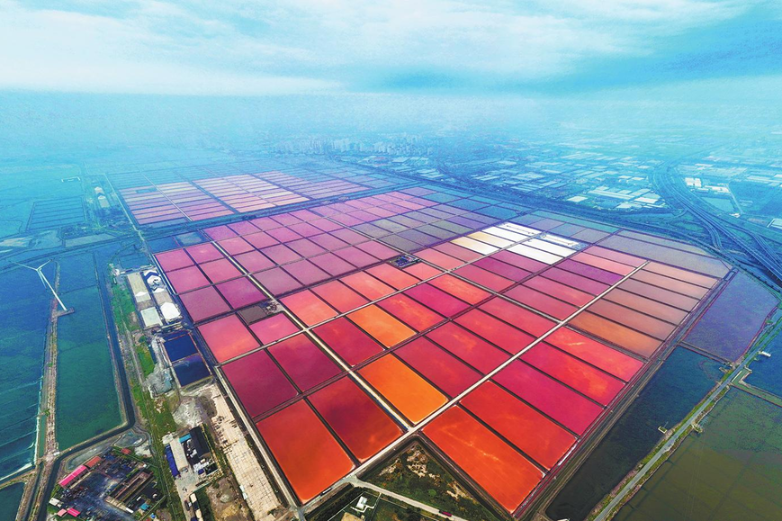Bittersweet harvest


Orange county
Huang's county shares a famous past with other parts of the province as it is considered the cradle of the Chinese revolution. Many leaders of the Communist Party lived in and organized revolutionary activities from Xunwu, located in Jiangxi's south. It is where Mao Zedong wrote Report from Xunwu, a seminal 1930 investigation into the people, economy, administration and social structure of the then obscure county.
But after the country's reform and opening-up in 1978, Jiangxi did not fully seize the development opportunities available the same way that the neighboring province of Guangdong did. In addition, most parts of Jiangxi are surrounded by mountains, which contributed to the province's economy remaining undeveloped.
"I still remember when people from Guangdong preferred to work and live in Jiangxi," said Chen Renxiang, a 50-year-old Sanbiao villager.
"But after 1978, you hardly saw any outsiders and many of our people went to Guangdong to make a living."
The situation in Xunwu and southern areas of Jiangxi improved in the early 1990s when navel oranges were introduced from North America. The right climate and plentiful water resources encouraged the growers to plant citrus trees.
"Most of the farmers in my county started to grow navel oranges," Chen said. "There were citrus trees all over the mountains, and like Huang our incomes all increased. One-third of the farmers in the villages bought houses. It was probably the best time for farmers in Xunwu, a situation which is difficult to replicate today."
























